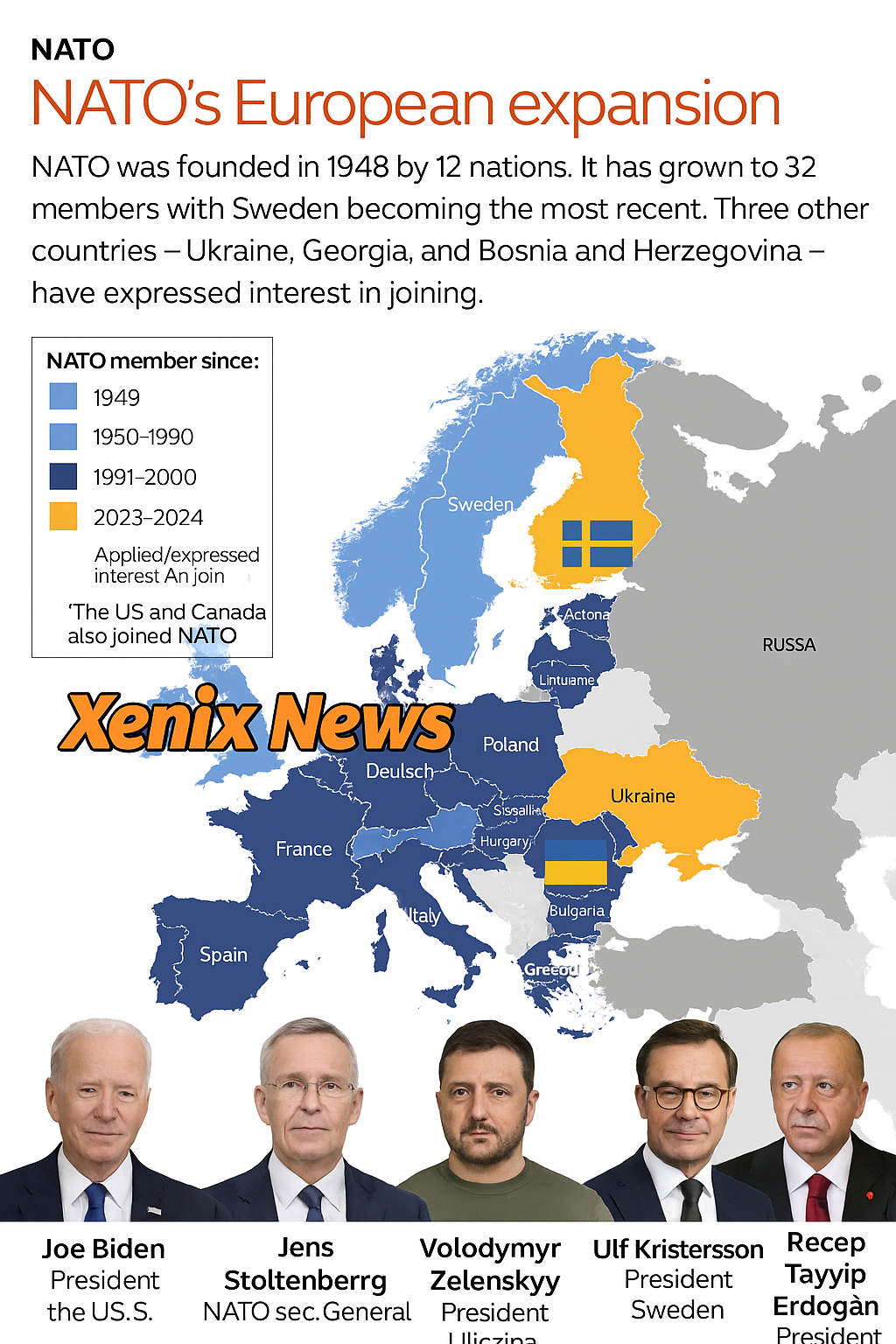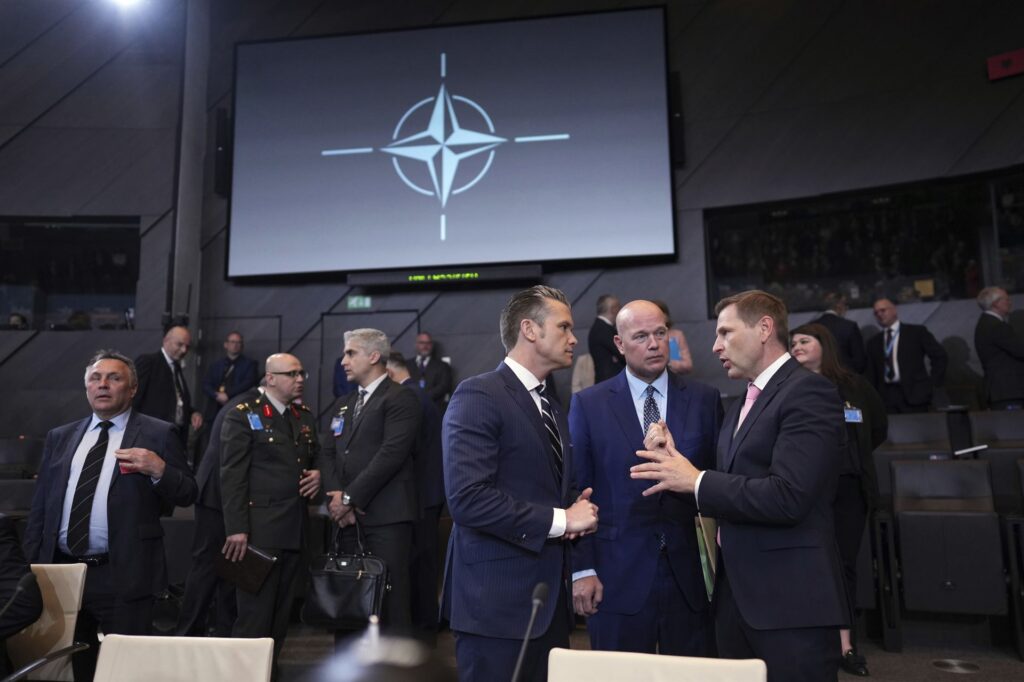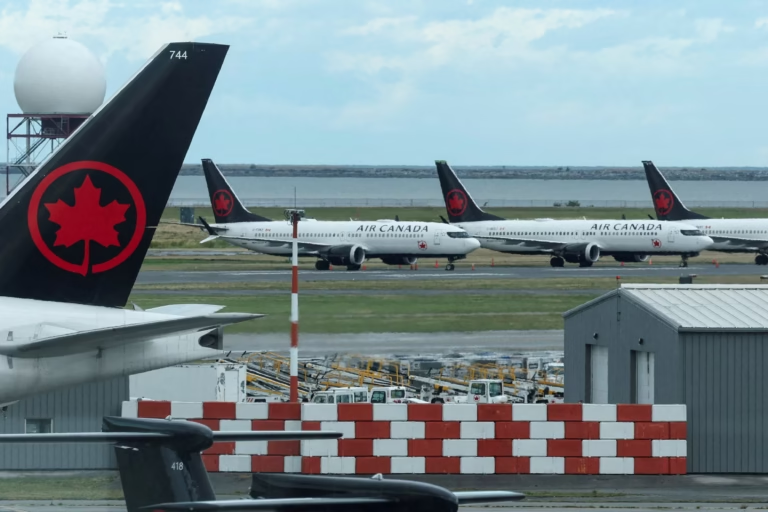
During the NATO summit in The Hague (June 2025), member countries concurred to increase defense and security expenditures to 5% of GDP by 2035. This includes 3.5% for essential military functions and 1.5% for wider security aspects—cybersecurity, infrastructure, and industrial robustness.
However, this daring commitment prompts the question: is Europe able to maintain it?
💲 The Cost Label
To achieve the objective, NATO nations need to jointly invest an extra $900 billion+ each year—raising current expenditures (~2.2% of GDP, US$1.5 trillion) to about US$2.4 trillion by 2035.
Countries are encountering significant rises:
Germany: Requires approximately €329 billion by 2035 compared to the current €71 billion.
France/Italy: Need to increase by €158‑221 billion each year—a significant surge for economies already bearing public debts exceeding 100% of GDP.
Smaller states are experiencing difficulties as well. The Netherlands anticipates requiring €16‑€19 billion each year to achieve 3.5%, not counting the additional 1.5% portion.
📉 Economic Challenges
Europe’s financial environment increases stress:
Elevated debt ratios: France (>112%), Italy and Spain (>100%)
Inflation impacting defense funding—UK’s equipment deficit of $21.5 billion already reported by the National Audit Office.
Post-pandemic limitations and societal demands for funding in social, climate, and health sectors.
⚠️ Political and Systemic Challenges
Spain has officially rejected full commitment, choosing a 2.1% defense-to-GDP limit, citing concerns over social welfare and strategic autonomy.
Numerous countries are currently striving to achieve the existing 2% benchmark—which only 23 out of 32 allies met in 2024.
In the absence of coordinated defense planning at the EU level, budget hikes may lead to redundancy, inefficiencies, and imbalanced sharing of responsibilities.
🚀 Prospects in the Face of Obstacles
NATO’s plan may bring advantages despite challenges:
Increase in defense R&D: Enhancements to research and development may provide €100 billion each year to technology advancement and national defense sectors.
Joint borrowing: A European Rearmament Bank or common military debt might alleviate national financial pressure.

U.S. influence: Trump’s pressure (along with his meeting with NATO leader Mark Rutte) has sparked a defense stock surge, particularly in Europe, while also amplifying political urgency.
🧭 Strategic Insights
5% Objective Is Politically Symbolic
The updated objective serves as a symbolic effort—emphasizing NATO unity and deterrence—rather than a goal that can be quickly reached.
The Importance of Spending Efficiency
Countries should emphasize collaborative purchasing, integrating cross-border capabilities, and developing dual-use infrastructure to prevent “wasteful fragmentation.”
EU Integration Is Crucial
Enhancing EU-wide defense strategies and collaborative funding mechanisms might be the sole method to maintain elevated spending without jeopardizing social initiatives.
Debt Financing May Alleviate Pressure
Numerous EU countries can increase defense spending through borrowing instead of raising taxes, utilizing their relatively low debt-to-GDP ratios.
Observe Public Sentiment & Markets
Properly organized defense expenditures might boost market trust. However, austerity poses a threat of social backlash—particularly if defense spending undermines welfare or climate initiatives.
🏁 Conclusion
NATO’s commitment to 5% of GDP highlights sincere security worries following Russia’s aggression—but fulfilling it will challenge Europe’s economic stability and political determination. The way ahead involves strategic investments, funding sources supported by the EU, and a thoughtful balancing of defense obligations with public interests. If European leaders can unite on collective procurement, research and development, and debt financing, they could transform an ambitious goal into a lasting reality. Nevertheless, a lack of coordination could cause this initiative to collapse under its own pressure.


